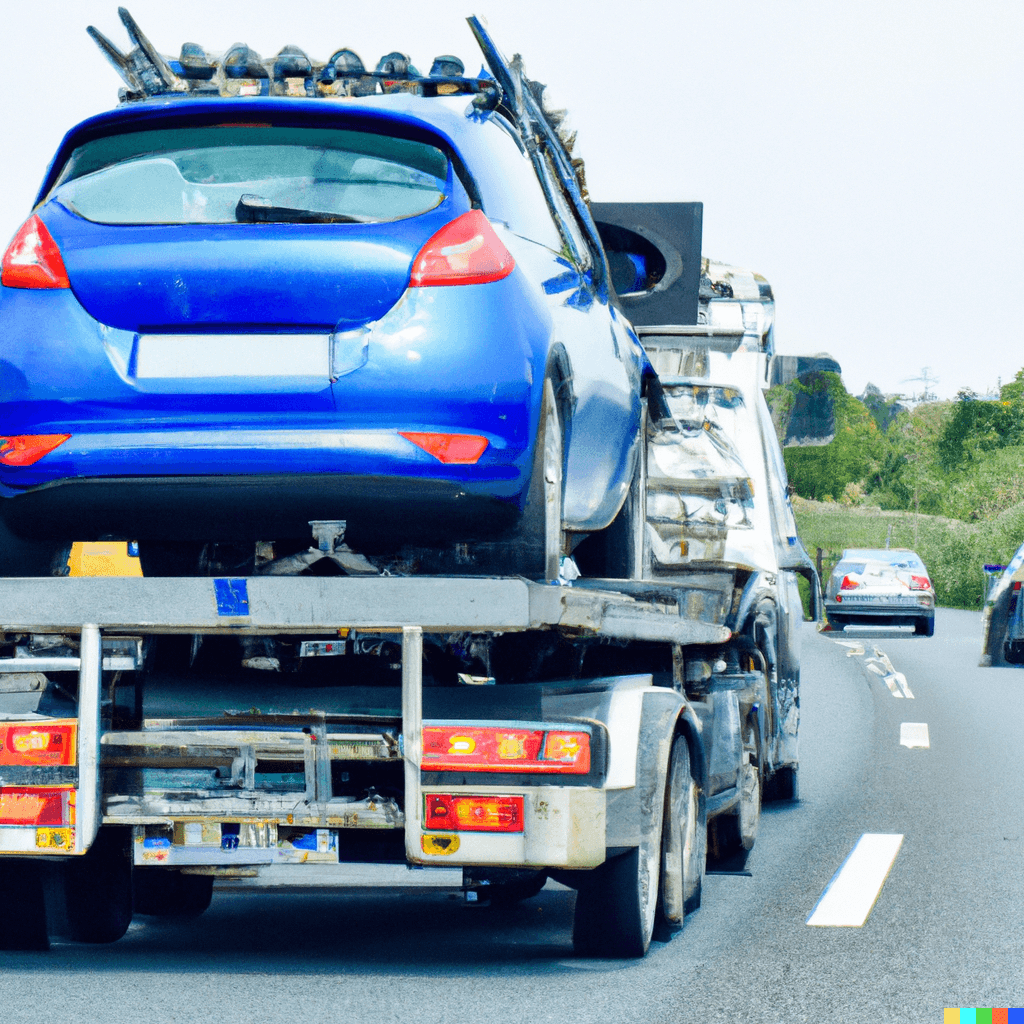If you’re planning a long-distance move or a vacation that involves driving a significant distance, you may be wondering whether it’s cheaper to ship your car or to drive it yourself. Both of the options have their pros and cons, and the cost-effectiveness of each will depend on a variety of factors. In this article, we’ll explore the costs of car shipping and driving, as well as the benefits and drawbacks of each option, to help you decide which one is right for you.
Car Shipping Costs
Car shipping involves hiring a company to transport your vehicle from one location to another, either by an open or enclosed carrier. The cost of car shipping will depend on several factors, including the distance of the trip, the size and weight of the vehicle, and the type of shipping service you choose. Open carriers are the most popular option and they are cheaper than enclosed ones.
Once you have calculated the distance of your car’s journey, you can next find out the cost per mile. You can do this by reading our post about calculating car shipping cost per mile or see our approximate estimates below. Separately, you can use our website to find out approximate calculation costs for shipping your car.
Here are some approximate estimates for the cost of car shipping:
Standard car shipping: $500-$1,000 or approx 2.30$ per mile for a short-distance trip (less than 500 miles) and $1,000-$1,500 for a long-distance trip (more than 500 miles).
Enclosed car shipping: $800-$2,500 or approx 2.60$ for a short-distance trip (less than 500 miles) and $1,500-$4,000 for a long-distance trip (more than 500 miles).
Expedited car shipping: $1,500-$3,000 for a short-distance trip (less than 500 miles) and $3,000-$5,000 for a long-distance trip (more than 500 miles).
Standard car shipping involves transporting your car in an open trailer, which is the most economical option. Enclosed car shipping involves transporting your car in a closed trailer, which offers more protection from the elements on the road and extreme weather conditions and is more expensive. Expedited car shipping involves transporting your car on a faster schedule, which is the most expensive option.
Driving Costs
The cost of driving your car will depend on several factors, including the distance of the trip, the fuel efficiency of your vehicle, and the cost of gas. Here are some approximate estimates for the cost of driving:
Gas: $200-$400 for a short-distance trip (less than 500 miles) and $400-$800 for a long-distance trip (more than 500 miles).
Food and lodging: $100-$200 for a short-distance trip (less than 500 miles) and $200-$400 for a long-distance trip (more than 500 miles).
Wear and tear: $100-$200 for a short-distance trip (less than 500 miles) and $200-$400 for a long-distance trip (more than 500 miles).
Benefits of Car Shipping

There are several benefits to car shipping, including:
Convenience: Car shipping is a convenient option if you don’t have time to drive or if you’re planning a long-distance move. You can simply drop off your car at the shipping company’s terminal or schedule a pickup date from your home address and pick it up at your destination.
Safety: Car shipping is a safe option because it involves professional drivers who are experienced in transporting vehicles. This means you don’t have to worry about the wear and tear on your car or the risk of accidents while driving.
Flexibility: Car shipping allows you to be flexible with your travel plans. You can fly to your destination and pick up your car when it arrives, or you can travel by train or bus while your car is being shipped.
Drawbacks of Car Shipping
There are also some drawbacks to car shipping, including:
Cost: Car shipping can be more expensive than driving, especially for short-distance trips
.
Time: Car shipping can take longer than driving, especially if you choose a standard or enclosed shipping service. Expedited shipping is faster, but it is also more expensive.
Risk of damage: There is a risk of damage to your car while it is loaded on the carrier and being shipped, although this risk is minimal with a reputable shipping company.
Benefits of Driving
There are several benefits to driving your car, including:
Cost: Driving is generally cheaper than car shipping, especially for short-distance trips.
Control: Driving gives you complete control over your car, including when and where you stop.
Flexibility: Driving allows you to make last-minute changes to your route or travel plans.
Drawbacks of Driving
There are also some drawbacks to driving, including:
Time: Driving can take longer than car shipping, especially if you encounter traffic or other delays.
Wear and tear: Driving puts wear and tear on your car, including the cost of gas and other expenses such as food and lodging.
Risk of accidents: There is a risk of accidents while driving, which can be costly and potentially dangerous.
Which Option Is Cheaper?
So, which option is cheaper: car shipping or driving? The answer will depend on the distance of your trip, the cost of gas and other expenses, and the type of shipping service you choose.
For short-distance trips (less than 500 miles), driving is generally cheaper than car shipping. However, if you factor in the cost of gas, food, and lodging, as well as the wear and tear on your car, the cost of driving may be higher for long-distance trips (more than 500 miles).
For long-distance trips, car shipping may be the more cost-effective option, especially if you choose a standard or enclosed shipping service. However, if you need to transport your car on a faster schedule, expedited shipping may be more expensive.
In general, car shipping is a more convenient and safe option, but it may be more expensive than driving. Driving is generally cheaper, but it can be time-consuming and may put wear and tear on your car. When deciding which option is the most suitable for you, it’s important to consider the costs and benefits of both car shipping and driving, and then proceed with the best option that meets your needs and budget.
In conclusion, the cost-effectiveness of car shipping vs driving will depend on the distance of your trip, the cost of gas and other expenses, and the type of shipping service you choose. Either option has its pros and cons, and it’s very important to weigh the costs and benefits of each to decide which one is right for you.


Recent Comments